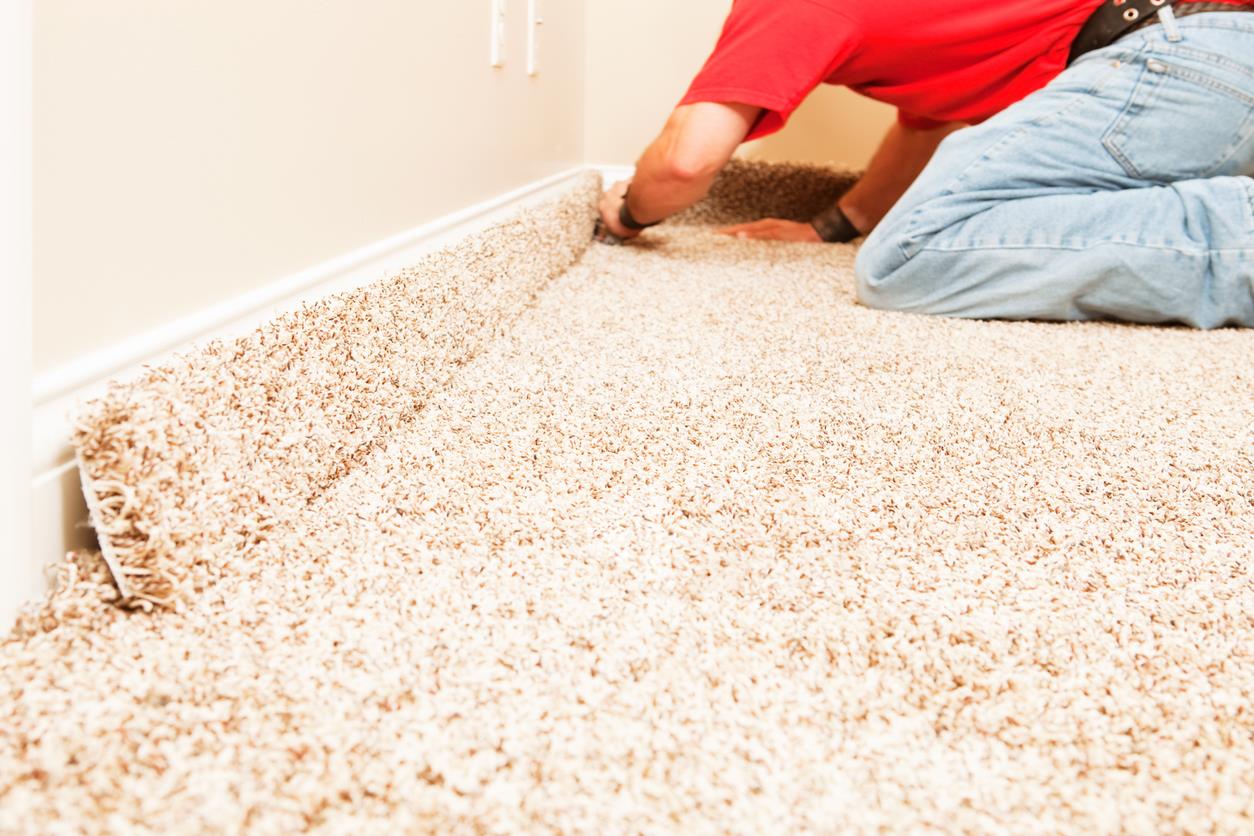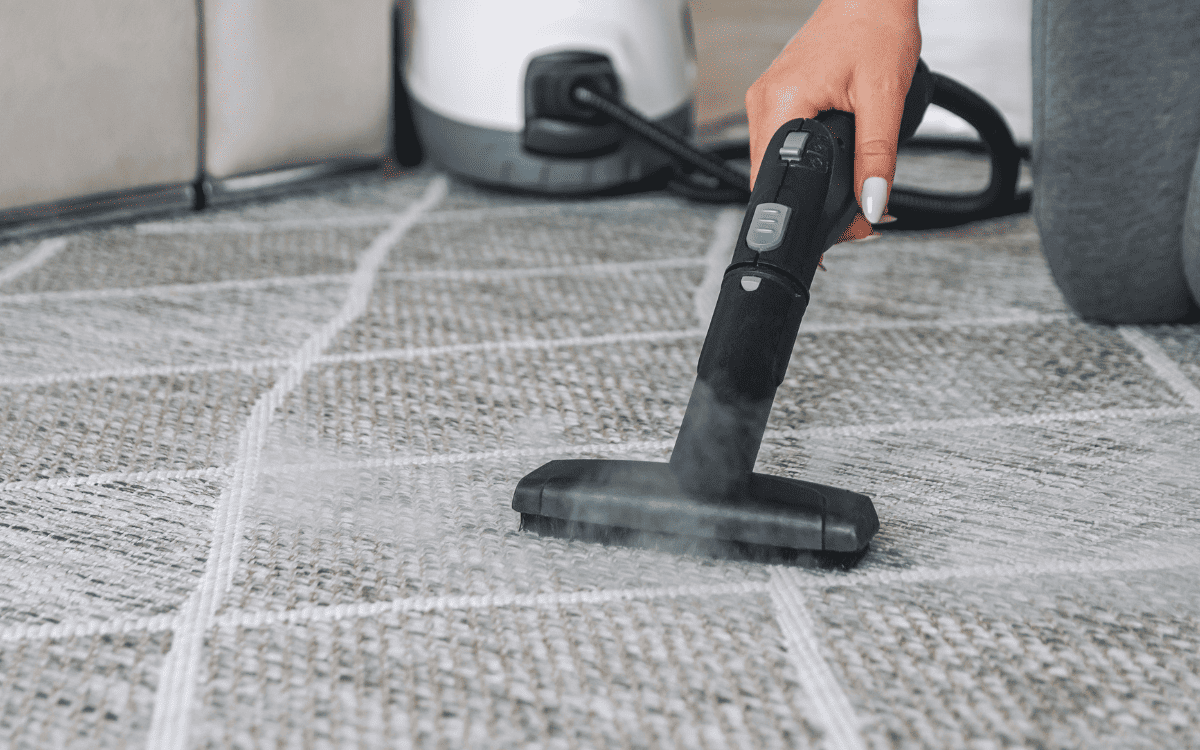Introduction
Mildew is a common problem that many homeowners face, especially in damp or humid environments. When left untreated, mildew can not only ruin the appearance of carpets but also pose health risks due to the presence of mold spores. In this comprehensive guide, we’ll explore various effective methods for removing mildew from carpets, ensuring a clean and healthy living space for you and your family.
Understanding Mildew:
Causes and Risks Before delving into removal methods, it’s essential to understand what causes mildew to develop on carpets. Mildew thrives in moist environments with poor ventilation, making carpets susceptible to infestation, particularly in areas with high humidity levels. Besides causing unpleasant odors and stains, mildew can also trigger allergies and respiratory issues, posing health risks, especially to individuals with pre-existing conditions.

Regular Maintenance:
Prevention is Key Preventing mildew growth starts with regular carpet maintenance. Vacuuming carpets at least once a week helps remove dirt, dust, and debris, preventing moisture buildup and reducing the risk of mildew formation. Additionally, ensuring adequate ventilation in your home, especially in areas prone to dampness like basements and bathrooms, can help keep mildew at bay.
Method 1:
Vinegar and Baking Soda Solution Vinegar and baking soda are two powerful natural cleaners known for their mildew-fighting properties. To create a DIY cleaning solution, mix equal parts white vinegar and water in a spray bottle. Sprinkle baking soda over the affected area, then spray the vinegar solution generously. Allow the solution to sit for 10-15 minutes before scrubbing the area with a brush or sponge. Finally, rinse the carpet with clean water and blot dry with a towel.

Method 2:
Hydrogen Peroxide Solution Hydrogen peroxide is another effective agent for removing mildew stains from carpets. Start by diluting hydrogen peroxide with water in a 1:3 ratio to avoid damaging the carpet fibers. Test the solution on a small, inconspicuous area of the carpet to ensure compatibility. Once confirmed, apply the solution directly to the mildew stains and let it sit for 10-15 minutes. Afterward, blot the area with a clean cloth to absorb the solution and rinse thoroughly with water.
Method 3:
Commercial Mildew Removers For stubborn mildew stains or extensive infestations, commercial mildew removers can provide a more potent solution. These products are specially formulated to target mold and mildew, often containing ingredients like chlorine bleach or hydrogen peroxide. Before using any commercial cleaner, carefully read and follow the manufacturer’s instructions to ensure safe and effective application.
Deep Cleaning:
Steam Cleaning Method Steam cleaning is an excellent method for deep cleaning carpets and eliminating mildew spores embedded deep within the fibers. Using a steam cleaner equipped with a high-temperature setting, thoroughly clean the affected areas of the carpet. The heat from the steam helps kill mold and mildew spores, while the suction function removes dirt, debris, and excess moisture, leaving your carpets clean and sanitized.

Identifying the Severity:
When to Seek Professional Help While DIY methods can effectively remove mildew from carpets in most cases, there are instances where professional intervention may be necessary. If the mildew infestation is widespread, persistent, or accompanied by musty odors that persist after cleaning, it’s advisable to consult with a professional carpet cleaning service. Certified technicians have the expertise, equipment, and specialized cleaning solutions to tackle severe mildew issues safely and effectively, restoring your carpets to their pristine condition.
Safety Precautions:
Protecting Yourself and Your Home When dealing with mildew-infested carpets, it’s crucial to prioritize safety to avoid potential health hazards. Wear protective gear such as gloves, goggles, and a mask to prevent skin contact, eye irritation, and respiratory issues when handling cleaning solutions and mildew-infested areas. Additionally, ensure proper ventilation by opening windows and using fans to dissipate fumes and airborne particles during the cleaning process.
Preventing Mildew Recurrence:
Tips for Long-Term Maintenance After successfully removing mildew from carpets, it’s essential to implement preventive measures to reduce the risk of recurrence. Maintain optimal indoor humidity levels (ideally between 30% and 50%) by using dehumidifiers, air conditioners, or ventilation systems, especially in humid climates or during rainy seasons. Promptly address any water leaks, spills, or flooding incidents to prevent moisture buildup and mold growth. Regularly inspect carpets for signs of mildew, such as discoloration, musty odors, or dampness, and address any issues promptly to prevent mildew from spreading.
Environmental Considerations:
Eco-Friendly Alternatives For environmentally conscious individuals, eco-friendly alternatives to traditional cleaning methods are available. Natural cleaners such as tea tree oil, grapefruit seed extract, or citrus-based cleaners possess mildew-fighting properties without harmful chemicals or toxins. Additionally, incorporating sustainable practices such as composting, recycling, and reducing water consumption can contribute to a healthier home environment and minimize your carbon footprint.

Professional Assessment:
Consulting Carpet Cleaning Experts In some cases, seeking professional assessment and assistance from carpet cleaning experts may be necessary, particularly for severe or stubborn mildew infestations. Certified technicians have the knowledge, experience, and specialized equipment to assess the extent of the damage, identify underlying issues, and recommend appropriate solutions. Whether it’s deep cleaning, mold remediation, or carpet replacement, professionals can provide tailored services to restore your carpets to a clean and healthy state.
Ongoing Maintenance:
Establishing Cleaning Routines Establishing regular cleaning routines is key to preventing mildew recurrence and maintaining the cleanliness and longevity of your carpets. Incorporate vacuuming into your weekly cleaning schedule to remove surface dirt, dust, and allergens, reducing the risk of moisture buildup and mold growth. Additionally, consider scheduling professional carpet cleaning at least once a year to deep clean and sanitize carpets, especially in high-traffic areas or households with pets and children.
Final Thoughts and Maintenance Tips
Removing mildew from carpets requires patience, persistence, and proper cleaning techniques. Whether using natural remedies or commercial cleaners, it’s essential to test any solution on a small area first and follow safety precautions to avoid damage to the carpet or harm to yourself. Additionally, maintaining a clean and dry environment, along with regular carpet care, can help prevent future mildew growth and keep your carpets looking and smelling fresh for years to come.

Conclusion:
Achieving Clean and Healthy Carpets Removing mildew from carpets requires a proactive approach, proper cleaning techniques, and ongoing maintenance to ensure a clean and healthy living environment. By understanding the causes of mildew growth, implementing preventive measures, and using effective cleaning methods, you can successfully eliminate mildew stains and odors from your carpets, restoring them to their original beauty. With diligence and care, you can enjoy fresh, clean carpets that enhance the comfort and aesthetics of your home for years to come.